Fewer than 32,000 of Irish farms are economically viable, according to analysis by Teagasc. One in three of the farms sampled by National Farm Survey (NFS) are classified as “economically vulnerable” with the remainder only viable because of the presence of off-farm income.
Dairying is the most viable sector, with more than three-quarters of farms viable. Tillage farms fare next best, with 63% viable.
The most at-risk sectors are in drystock farming, particularly cattle-rearing farms. Only one in five of cattle-rearing farms are deemed viable, with 28% of other cattle farms and a quarter of sheep farms viable.
Only 3,300 sheep farms are deemed viable. There are more viable dairy than beef farms, even though beef farms outnumber dairy farms by more than five to one. Teagasc estimates 12,000 dairy farms are viable, with only 11,300 cattle farms rated viable.
The viability figures are for 2015, based on the NFS, and are slightly down although largely unchanged on 2014.
Viability is defined as paying family labour at the minimum agricultural wage and providing a 5% margin on return of investment of non-land capital assets – not a high bar to clear. Yet only 37% of the 84,500 farms on the NFS meet that threshold.
Frighteningly, the NFS only profiles those farms over a certain threshold. The inference is that almost all the 35,000 holdings declared for the basic payment but not profiled by the NFS are economically vulnerable. That would mean roughly half of the 130,000 Irish farm holdings are economically vulnerable.
The NFS also excludes pig, poultry and vegetable farms, due to the small numbers of farms involved in such enterprises.
The west and border regions are seen as those with the highest number of vulnerable farms – those with low income from the farm and no alternative income stream.
Of the 28,000 farms in this category, 12,000 are either in the west or the border region. There is a close correlation between off-farm job availability and viability of drystock farms in particular.




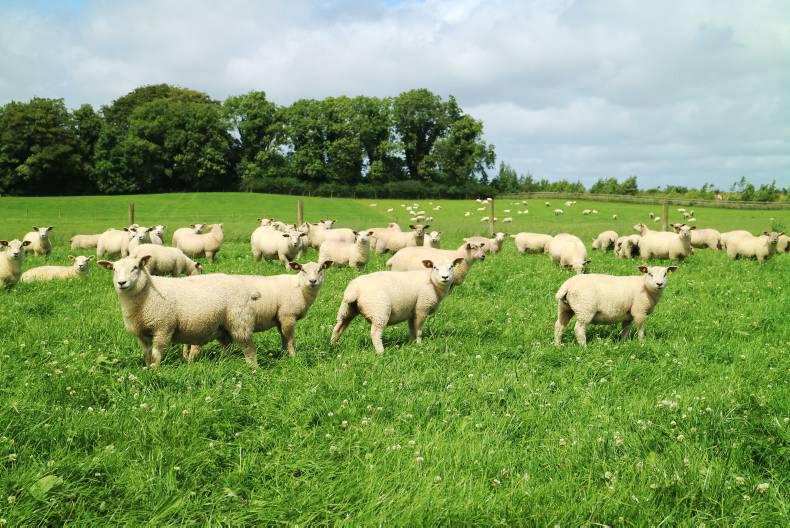
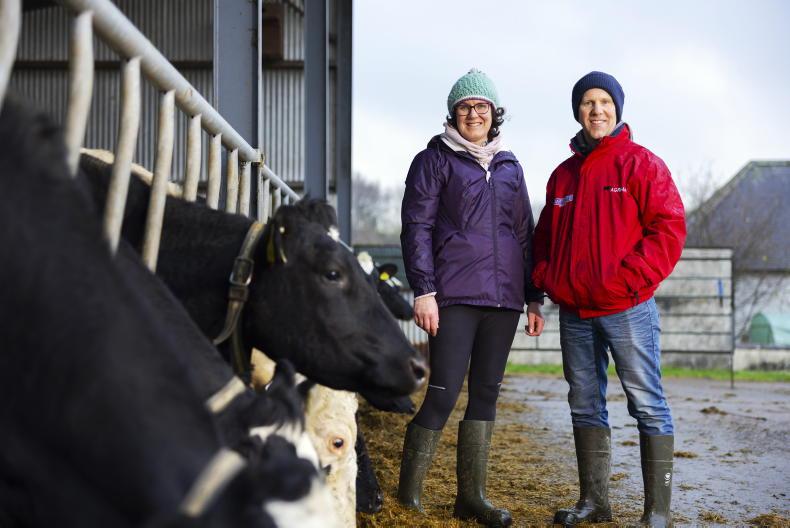

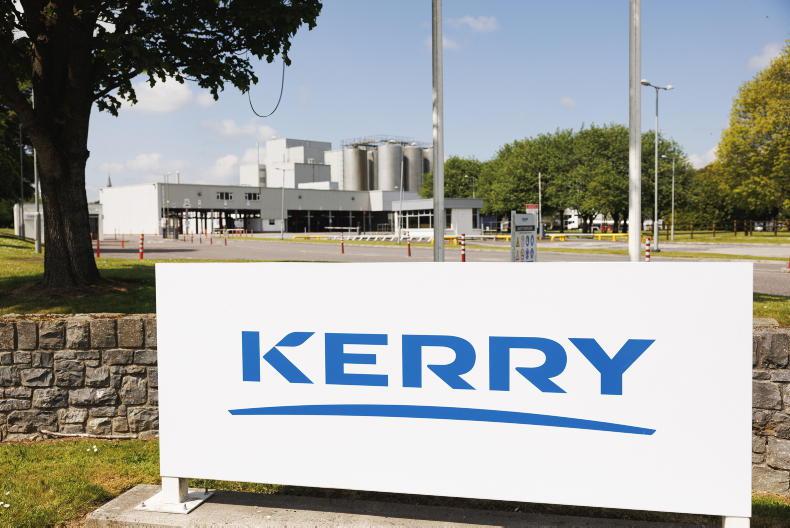
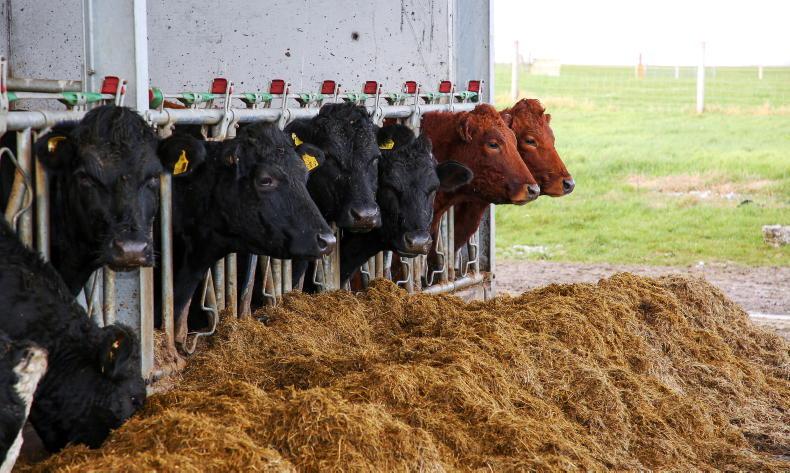
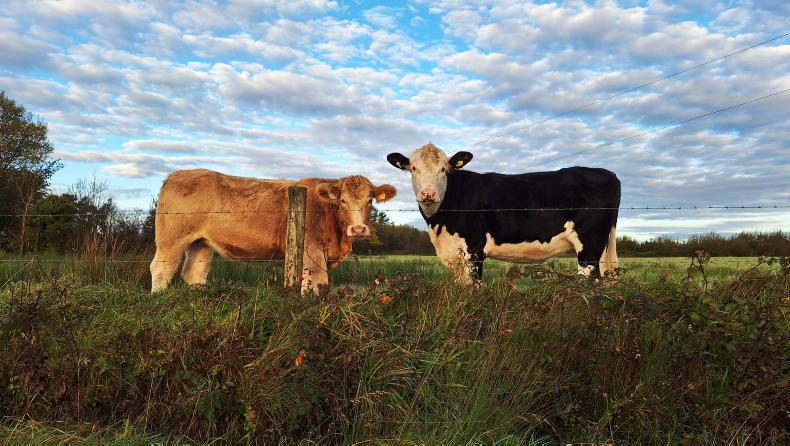
SHARING OPTIONS